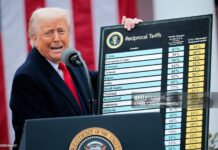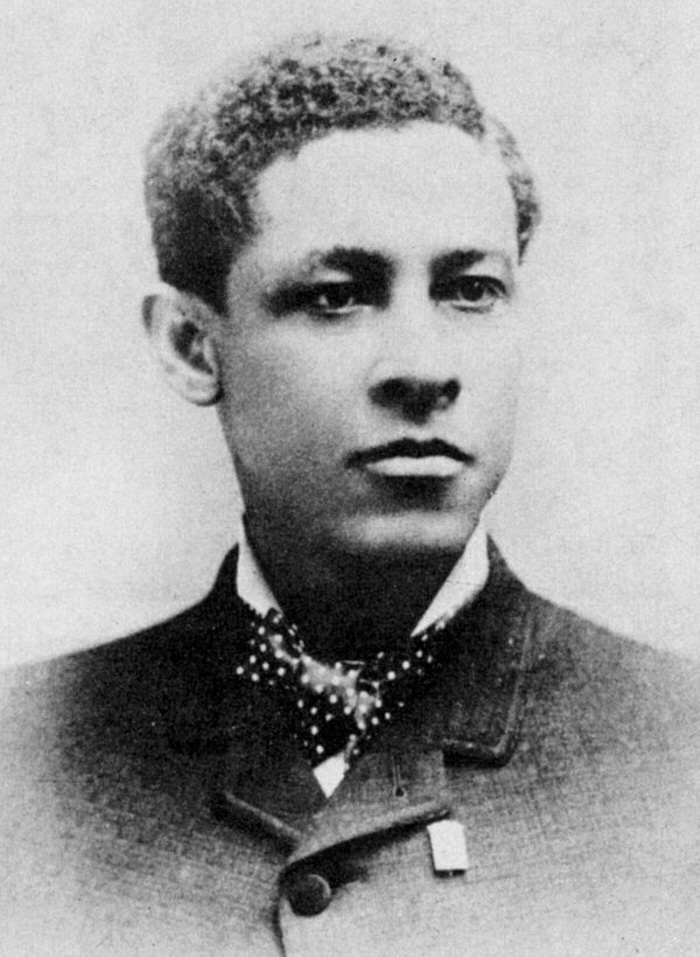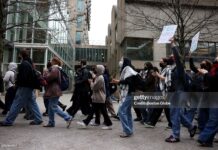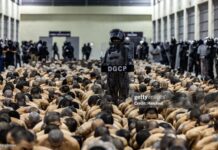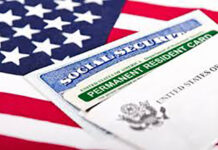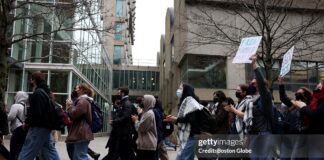By Felicia J. Persaud
News Americas, FORT LAUDERDALE, FL, Fri. June 18, 2021: It is the 15th Caribbean American Heritage Month already and even though you may not have heard about it as much as you do Hispanic Heritage Month, Pride Month or Asian American Heritage Month, it is certainly happening all month and many Caribbean immigrants are finding many ways to celebrate their long history in the United States.
Despite what many may believe, given the way Black history is ignored in the U.S., the history of Caribbean people dates back as far as slavery in the United States. In fact, the first West Indians brought to the US were forced laborers from Barbados, who were transferred to South Carolina in the 1670s to work plantations there.
Over time, Barbadian slaves became a significant part of the Black population in Virginia, mainly in the Virginia tidewater region of the Chesapeake Bay. Among those who became famous after being freed, was Barbadian born Prince Hall, who went from a slave in Massachusetts to becoming a freed, literate man by 1770, and an abolitionist and the founder of the Prince Hall Freemasonry Society by 1775.
Historians today posit that the number of enslaved Africans bought from the Caribbean increased in the 18th century, as the British colonies of Southeast of North America – part of the modern United States – broadened its commercial ties with other Caribbean islands.
Caribbean slaves were more numerous than those from Africa in places such as New York, which became the main slave enclave in the northeastern of the which was the main slave enclave in the northeastern of the modern-day United States.
The number of enslaved Africans imported from the Caribbean decreased after the New York Slave Revolt of 1712, as many white colonists blamed the incident on slaves recently arrived from the Caribbean. Between 1715 and 1741 most of the slaves of the colony remained from the West Antilles – primarily Jamaica, Barbados and Antigua.
After the New York slave revolt of 1741, slaves imported from the Caribbean were severely curtailed, and most enslaved Africans were then brought directly from Africa.
In 1772, a Caribbean immigrant who today is known as America’s Greatest Immigrant, Alexander Hamilton, arrived in New York in late 1772, just as the colonies were gearing up for a war for independence from Great Britain.
And in 1822, Denmark Vesey, who was born in the Virgin Islands, organized in Charleston, South Carolina, what one authority accurately described as the most elaborate insurrectionary project ever formed by American slaves. In boldness of conception and thoroughness of organization there has been nothing to compare with it. The conspiracy was betrayed and Vesey, along with his coconspirators, executed.
After that period, it was not until after the end of the American Civil War in 1865 that migration from the West Indies would grow grew considerably as most were fleeing from poverty and natural phenomena like hurricanes, droughts and floods.
So, from 1850, historical data shows West Indians living in the United States increased from only 4,000 people to more than 20,000 by 1900. Thirty-years later, by 1930, there were already almost 100,000 people from the region living in the United States.
They were craftsmen, scholars, teachers, preachers, doctors, inventors, clergy, poets, songwriters, politicians and activists.
Among the more famous of the day were:
Barbadian Joseph Sandiford Atwell, who became the first black man after the Civil War to be ordained in the Episcopal Church;
Comedian Bert Williams was born in Antigua;
John B. Russwurm of Jamaica, who was also one of the first three black people to graduate from an American college, Bowdoin College, in Maine and along with his Afro-American colleague Samuel E. Cornish, started Freedom’s Journal, the first black newspaper published in the United States;
Robert Campbell, also of Jamaica, who in 1855 became assistant principal of Philadelphia’s Institute for Colored Youth;
David Augustus Straker, (1842-1908), a law partner of Elliott’s, a fighter for civil rights, educationalist, journalist, chronicler of the dark post-Reconstruction days, and a distinguished lawyer in his own right, was from Barbados;
Jan Earnst Matzeliger, (1852-89), the inventor of a revolutionary; shoe-making machine, had migrated from Suriname;
Edward Wilmot Blyden, (1832-1912), a brilliant man and major contributor to the stream of black nationalist thought in America and abroad, was born in the Virgin Islands and
William Henry Crogman, (1841- 1931), Latin and Greek scholar, former president of Clark College, and one of the founders of the American Negro Academy, came from Saint Martin.
The list goes on and on!
The writer is publisher of NewsAmericasNow





